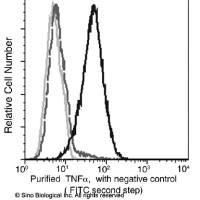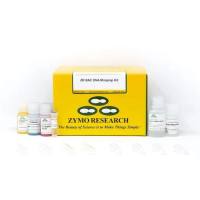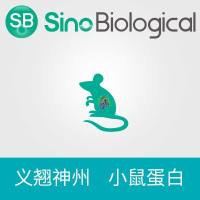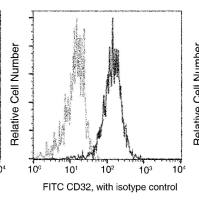Microinjection of BAC DNA into the Pronuclei of Fertilized Mouse Oocytes
互联网
578
Microinjection of DNA into the pronuclei of fertilized oocytes is one of the two most commonly used methods for gene transfer into the mouse genome (1 ,2 ). The first successful attempt to perform this technique was carried out by Lin in 1966 (3 ), who could show that the early fertilized embryo could survive the mechanical damage of inserting a glass needle into the pronucleus. However, it was not until 1981 that small DNA fragments were integrated into the genome (4 ). This technique is well described, and has now become a standard procedure (5 ,6 ). More recently, the use of larger DNA fragments has been established. Yeast artificial chromosome (YAC) (7 ,8 ), P1 artificial chromosome (PAC) (9 ,10 ), and bacterial artificial chromosome (BAC) DNA (11 ,12 ) can all be used for the generation of transgenic mice. A comprehensive review of BAC and YAC transgenesis is given by Giraldo and Montoliu (13 ) extensively comparing these applications. Although the basic technique for microinjection of large constructs are similar to those used for shorter DNA segments, there are some special requirements (14 ). In this chapter, we describe relevant steps for microinjection using large DNA constructs.









